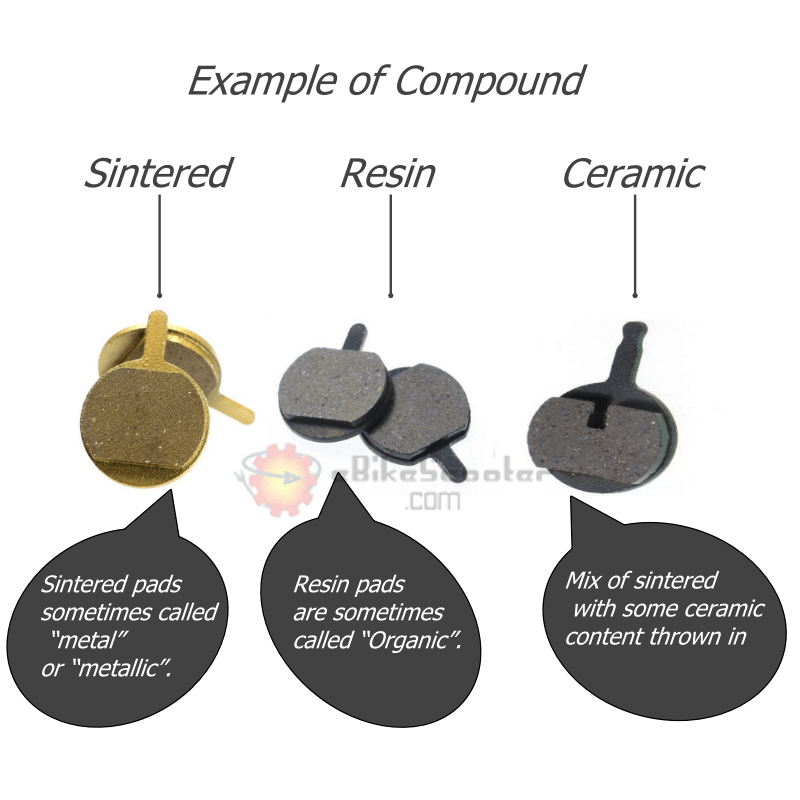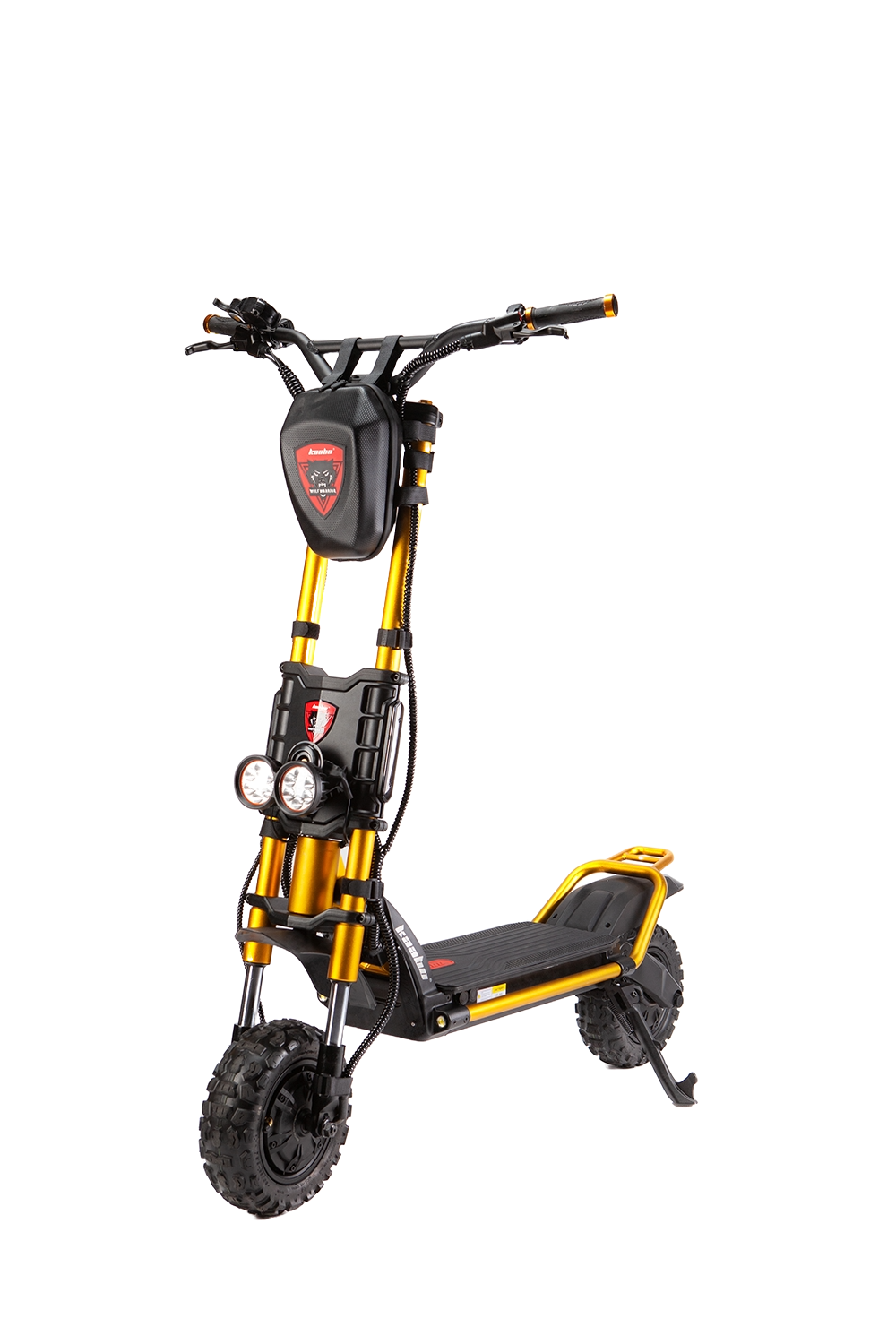tutorials and how-to guides
How to Decide Disc Brake Pads Compound
Yes we know at eBikescooter, a little confusing with a lot of different brake pads variables.
What’s the difference between all these pads? Which ones should you get for your e-scooter or bike.
We try our best to state which model the shape/model number fits which brake caliper or brand/model-
But you also have to choose what sort of compound you want the pad to be made of.
You can’t really tell what compound a pad is just by looking at it if not an professional or brake pad geek.
so yes you’ll need to check the product carefully at description or packaging information.

This is where it gets confusing. Fundamentally there are four types of brake pad compound, although some manufacturers confuse things
by using some smart tech marketing terminology words.
The main four compound types are: Resin/Organic, sintered, and semi-metal and Ceramic
Each of these four compounds has their own benefits and disadvantages. There is no perfect number one brake pad for every rider or type of riding.
Pros and cons explained to each compound
Sintered pros
- They last the longest.
- The pad material can withstand very high temperatures.
- They don’t glaze over.
- They have lots of power at the ultimate top-end power (sustained high speed DH stuff).
Sintered cons
- They take ages to bed in.
- High temperatures can cause mineral oil systems to fade on very long sustained descents.
- They lack initial bite feel.
- Can be noisy.
Organic pros
- Quick to bed in.
- Very good initial bite feel and modulation.
- Less noisy.
- They don’t pass as much heat into mineral oil systems.
Organic cons
- Not as long lasting as sintered, especially in wet conditions.
- Less power at the ultimate top-end power (sustained high speed DH stuff).
- Can glaze over.
Semi-metal pros
- Most of the best bits of sintered and organic compounds. They’re basically organic pads with sintered stuff added to them.
- Good ultimate top-end power.
- Decent bite feel and modulation.
- Good durability.
Semi-metal cons
- Can glaze over.
- Not all semi-metal compounds are the same ie. different brands will have different sintered-to-organic mix ratios.
- Usually a bit more expensive.
Ceramics Pros:
- Quieter than semi-metallic brake pads, they emit noises that are above the range of human hearing
- Produce finer, lighter-colored brake dust, which doesn’t stick to wheels
- Longer lifespan than organic or semi-metallic brake pads
- Stable under a wide range of temperatures for consistent performance
Ceramics Cons:
- Usually the most expensive type of brake pad on the market
- Do not produce as much cold bite as semi-metallic pads, making them less than ideal in extremely cold climates
- Do not absorb heat as well as semi-metallic pads, which can increase brake system temperatures
- Good all-around braking characteristics, but not designed for heavy-duty performance or racetrack braking systems


